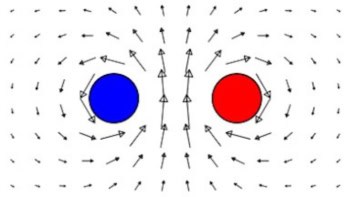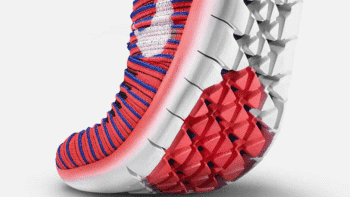
One of the big challenges facing nanotechnology researchers is understanding how particles interact at the nanoscale, in order to design devices that are robust and reliable. Now, a group of scientists in the US has formulated a set of basic rules that could help in this task.
Chad Mirkin and colleagues at Northwestern University have looked specifically at the case of nanostructures formed by gold nanoparticles connected into lattices using DNA. However, they say that the findings should apply to any type of spherical nanoparticle that can be densely packed and connected via DNA.
The aim of the research was to determine the rules that lead to specific interactions between the gold particles and the DNA, and to build profiles of the resulting nanostructures. Using small-angle X-ray scattering, Mirkin’s team determined the structural characteristics for 41 different crystals that had adopted one of nine lattices. The researchers learned that for each structure, they could tune lattice parameters such as size and stability by modifying nanoparticle sizes and the length of the DNA connecters. The methods used to create specific lattices are condensed into a set of six basic rules – which are outlined in a paper in Science.
Playing with marbles
“Imagine having a bunch of marbles of different colours, let’s say red, yellow and green. We can take those tiny structures and attach DNA to them and get the reds to go to certain spots, and the yellow and the green to go to certain spots, with sub-nanometre precision,” says Mirkin. The Northwestern researcher explains that, in theory, these rules could be followed to build any sort of crystal lattice. The work, the researchers say, will make it easier to fabricate nanotechnologies, such as solar cells with nanoparticle arrays designed to harvest light at far higher efficiencies than current technologies permit.
“The most innovative aspect of the research is the possibility of designing nanoparticle crystals à la carte,” says Alex Travesset, a materials scientist at Iowa State University in the US. Travesset believes that, in the medium term, the set of rules could help in the design of new sensors and improved catalysis systems.
Oleg Gang, a bio-nanomaterials researcher at the Brookhaven National Laboratory, also believes that these rules could help in the development of a wide range of applications – including solar-energy harvesting. “In the longer term, these materials will definitely impact all fields of our life, like polymers did in the second half of the last century,” he says.



